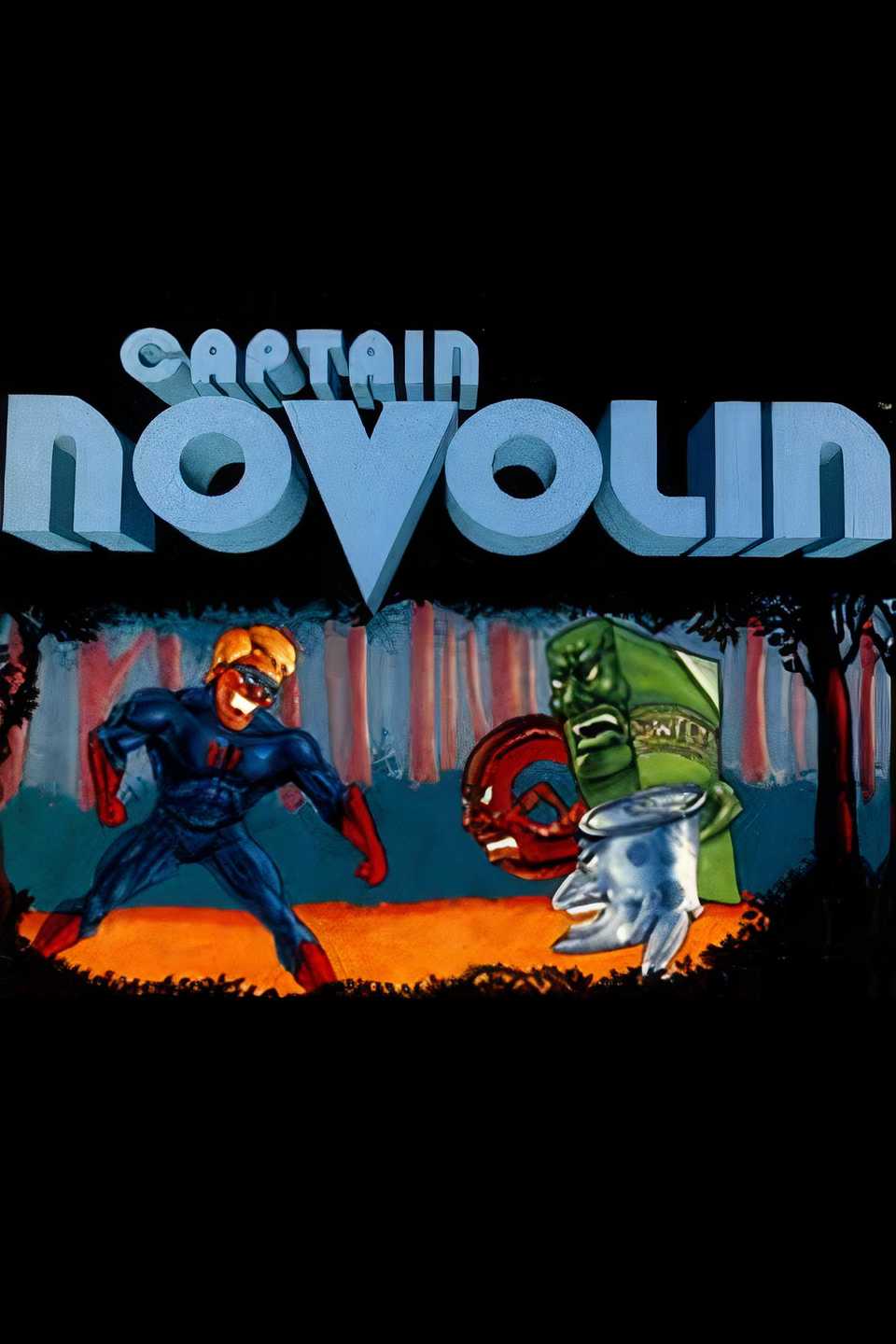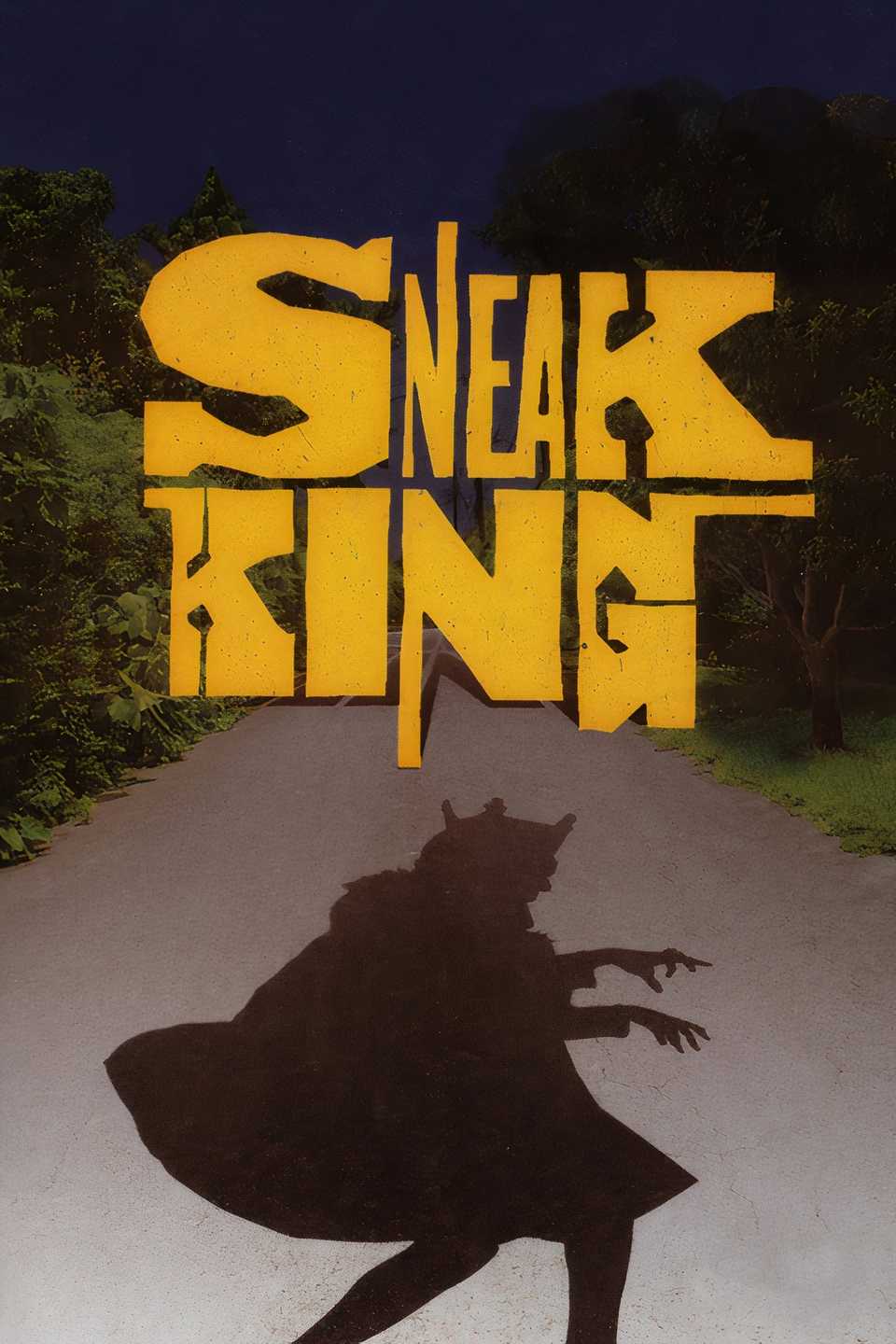The 80s and 90s were a wild time for video games, as the boom happened right after the NES launched in 1985 in North America. After that, everyone wanted a piece of the gaming pie, which led to some games that virtually no one remembers today. It’s hard to imagine a company thinking these ideas would be good in the modern climate, even with digital platforms.
Some of these games may have been released on Steam, because it’s a more open platform, but it’s better to think more positively. From explicit content to educational stuff, these types of games barely exist in 2025, and they certainly wouldn’t be released now.
BMX XXX
Teens Love Nudity
- Developer: Z-Axis
- Publisher: Acclaim Entertainment
- Release Date: November 15, 2002 (Xbox Version)
- Platforms: GameCube, PS2, Xbox
After Grand Theft Auto 3, a lot of developers tried to chase what made that game successful, but with more lewdness. One big example is BMX XXX, which started as an official Dave Mira game. After the game went in a raunchier direction, Mira backed out, but the game was still released as an open-world sandbox game with biking at its core.
The bike-based gameplay was okay for an extreme sports game, but there was the addition of nudity if players were good enough to unlock it. Thankfully, after this era, developers became more mature, and a big title that flaunts nudity would never get released in the modern era outside of perhaps Steam.
Conker’s Bad Fur Day
No More Edgelords
Conker’s Bad Fur Day is another example of a game trying to push boundaries, but in another direction besides nudity. Nintendo is known for squeaky-clean platformer heroes like Mario, so Rare wanted to put something on the N64 that would be more crass.
There was vulgar language, a talking pile of excrement, violence galore, and so on. Even though Microsoft owns the IP along with Rare, they’re probably not going to greenlight another Conker game anytime soon, or at least, not one this vile. The gaming landscape is different now, and it’s not likely to be welcoming to Conker’s brand of humor.
Skylanders: Spyro’s Adventure
And All Toys To Life Games
The Skylanders series were the first big toy-to-life games, which kicked off the genre in 2011 with Skylanders: Spyro’s Adventure. It was a novel idea that let players buy the base game, and then they could unlock any heroes they wanted to play as by buying them in action figure form.
This gave rise to many more sequels and copycats, including Disney Infinity, Lego Dimensions, and Starlink: Battle for Atlas. Most retail stores are downsizing their physical game areas today, meaning that any kind of toys-to-life game would be impossible to stock, not to mention very expensive to develop. No company would want to invest that much money again.
Boktai: The Sun Is In Your Hands
Maybe As A Phone App
Boktai: The Sun is in Your Hand is the first game in the series and was released for the Game Boy Advance. The cartridge had a solar panel attached, encouraging players to go outside to capture sunlight. This was how players could charge their solar-based gun in-game to defeat enemies, and the big boss vampires also needed to be placed in direct sunlight to be killed completely.
It was the kind of complex and novel idea that only Hideo Kojima could come up with, and like the toys-to-life example seen above, no modern publisher would ever greenlight a game that required a physical copy in order to play it.
PlayStation All-Stars Battle Royale
Can’t Mess With The King
PlayStation All-Stars Battle Royale was Sony’s attempt to make a platform fighter like Super Smash Bros., but not everything went according to plan. While there were good characters on the roster, like Kratos, Nathan Drake, Raiden, Ratchet and Clank, and more, it just didn’t have as many important series to draw from, unlike Nintendo’s vast catalogue.
Also, there were some iconic characters closely associated with PlayStation that were missing, like Cloud Strife and Crash Bandicoot, which fans weren’t happy about. Every platform fighter that tries to go after the king that is Smash Bros. usually fails, and Sony wouldn’t take this same risk again on a platform like the PS5.
I Am A Teacher: Super Mario Sweater
Leave Mario Alone
- Developer: Royal Kougyou
- Publisher: Nintendo
- Release Date: August 27, 1986 (Japan)
- Platform: Famicom (Japanese NES)
Super Mario Bros. was largely the reason why the NES was so successful when it launched in North America. As a character, Mario quickly became an icon of the 80s and 90s, so Nintendo used him in many spinoffs and merchandising opportunities to keep their momentum going.
One of the strangest examples of this was I Am a Teacher: Super Mario Sweater, released for the Famicom in Japan. It was essentially software that creators could use to attach patterns to clothing. As weird as Nintendo gets with Mario nowadays, it’s doubtful they would make a Mario sweater game for the Switch or Switch 2.
Sneak King (Burger King Games)
AdverGames Exist Online Now
AdverGames is the nickname given to product-based game spinoffs that tried to promote name brands, and they existed as far back as the Atari 2600. The last bastion of console-released AdverGames was probably the Burger King games from 2006, which Xbox players could buy at associated restaurants.
Big Bumpin’ was a bumper cars game, and PocketBike Racer was a cartoony racer. The weirdest of the bunch was Sneak King, wherein players had to sneak around as the Burger King and give other characters burgers, which was beyond creepy. Nowadays, AdverGames exist in browsers or mobile apps, and no console would ever support releasing one again, at least physically.
Captain Novolin
Educating Children Through Subpar Gameplay

Captain Novolin

- Released
-
November 1, 1992
- ESRB
-
everyone e10+
- Developer(s)
-
Sculptured Software
Captain Novolin is an example of an educational game that tried to disguise itself as a fun platformer for the SNES. The 80s and 90s were filled with these kinds of edutainment games, which, like AdverGames, mostly exist as apps or web browsers today.
Captain Novolin attempted to teach kids about the dangers of diabetes, which was a noble cause, but it wasn’t the best-made game around. Putting money into a console released edutainment game, even digitally, does not sound like something developers would do in 2025.







